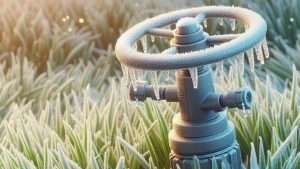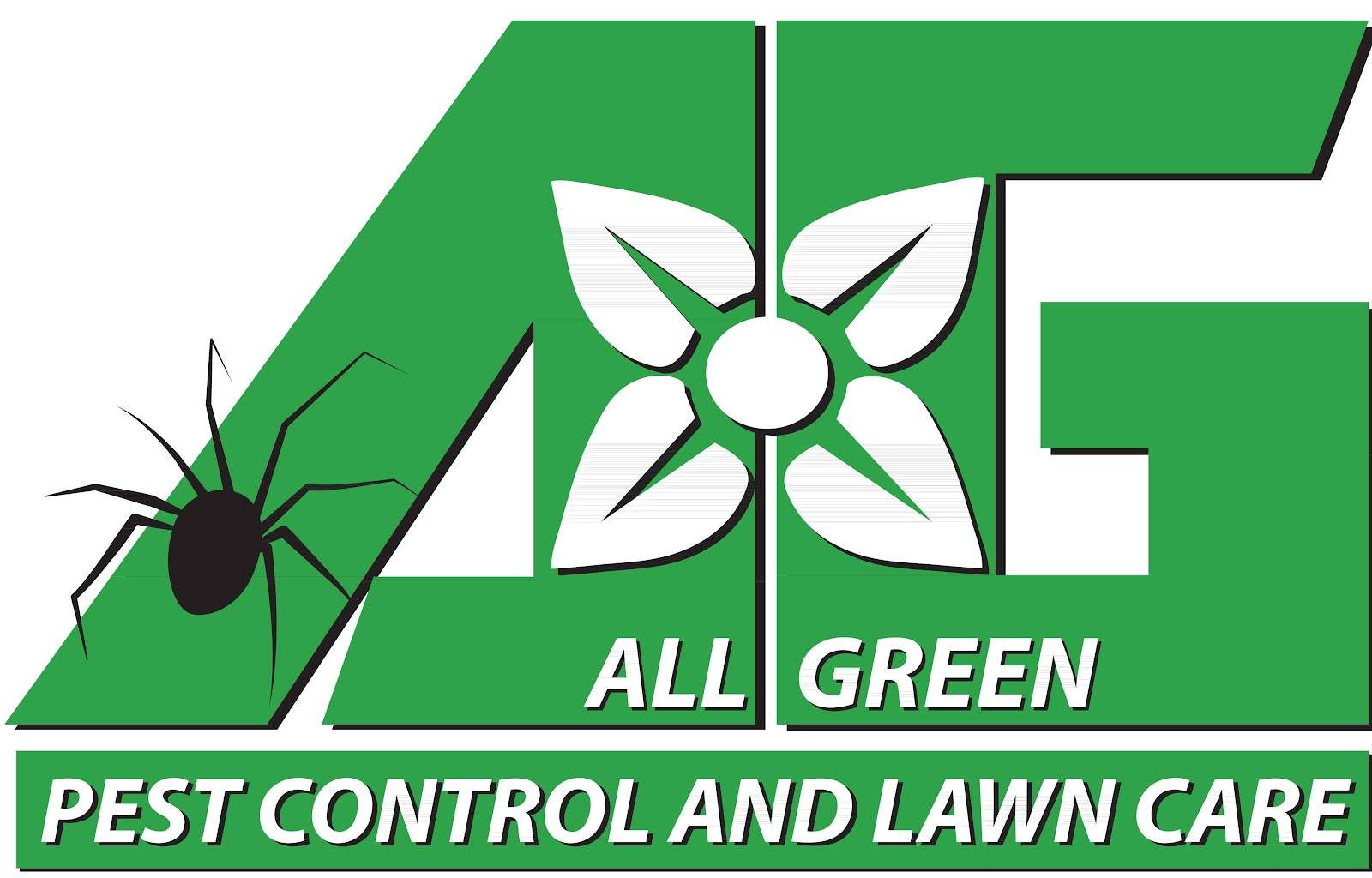
As the summer heat fades and autumn settles in, it’s time to think about winterizing your sprinkler system. Proper maintenance can prevent costly repairs and ensure your system is ready for the next growing season. This blog will guide you on when to blow out your sprinkler system, with specific advice for those using secondary water and culinary water.
Why Blow Out Your Sprinkler System?
Blowing out your sprinkler system is crucial for preventing damage from freezing temperatures. Water left in the pipes can freeze, expand, and crack the pipes, leading to significant repair costs come spring. By winterizing your system, you safeguard your investment and ensure a smooth start when it’s time to water your lawn again.
When to Blow Out Your Sprinkler System
For Secondary Water Users (Shutting Off Between October 15-30)
- If your area uses secondary water that shuts off on October 15, it’s essential to blow out your sprinkler system shortly after the water is turned off. Here’s a suggested timeline:
- October 1 – October 30, Monitor weather forecasts. As temperatures begin to drop, prepare for the blow-out process. This timeframe allows you to address any repairs before the system is shut down.
- October 15 After the secondary water supply is turned off, schedule your blow-out. Ideally, this should be done within a week of the shut-off to ensure no residual water is left in the pipes.
- October 20 – October 30 If you haven’t done it yet, this is the latest you should aim to blow out your system before temperatures drop significantly.
For Culinary Water Users (Shutting Off on Your Own)
- For those on culinary water who can shut off the system at their discretion, the timing can be a bit more flexible, but it’s still crucial to plan around weather patterns. Here’s how to approach it:
- Mid-September to Early October Start monitoring weather patterns and temperatures. If your area typically sees the first frost by mid-October, you’ll want to act before then.
- Late September Consider shutting off the system if you’ve noticed consistent cool temperatures (generally below 50°F during the day). This is a good time to begin your blow-out preparations.
- Early to Mid-October Schedule your blow-out during this period. It’s best to complete the process before any significant cold fronts arrive.
- Post-Blow Out Check After blowing out your system, check for any remaining water in the valves and backflow preventers. This extra step helps ensure all water is removed.
How to Blow Out Your Sprinkler System
While you can hire a professional to blow out your sprinkler system, many homeowners opt to do it themselves. Here’s a quick guide:
- Gather Your Equipment You’ll need an air compressor with a minimum of 80 psi, a backflow preventer attachment, and appropriate fittings for your sprinkler system.
- Turn Off the Water Supply Shut off the main water valve and ensure that the system is drained.
- Connect the Air Compressor Attach the compressor to the system using the backflow preventer fitting.
- Blow Out the System Start at the furthest sprinkler head from the compressor and work your way back. Open each zone one at a time, allowing air to push water out of the sprinkler heads.
- Check for Water Once you see a steady stream of air coming from the heads, you’ve successfully blown out that zone.
- Final Inspection After blowing out all zones, make sure to check valves and fittings for any remaining water.
Conclusion for Blow Out Your Sprinklers
Whether you rely on secondary water that shuts off on October 15 or culinary water that you manage yourself, blowing out your sprinkler system is a vital step in protecting your lawn care investment. By following these timelines and tips, you can ensure your system is ready for winter and set up for success in the spring. Remember, early action is the key to preventing damage, so mark your calendars and get ready to prepare your sprinkler system for the colder months ahead!
Learn more abour fall sprinkler winterizing
